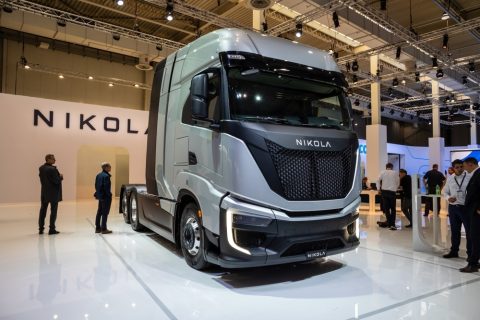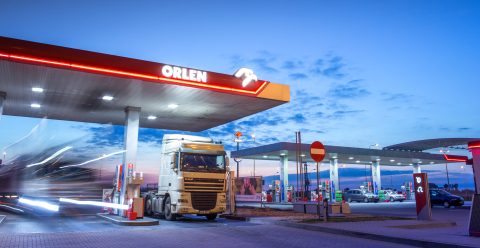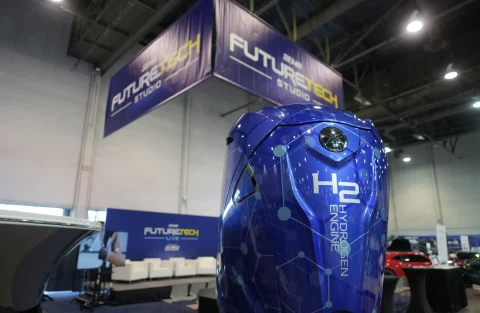A recent analysis by research firm BloombergNEF (BNEF) reveals that governments are on track to miss their 2030 clean hydrogen targets by half. The reason? There’s not enough demand for the hydrogen that’s planned to be produced.
Key Findings
BNEF’s research shows that only 12% of the announced clean hydrogen production capacity, set to be 11 million tonnes per year by 2030, has buyers lined up. Even more concerning, just 1.25 million tonnes of this hydrogen has been sold under binding agreements.
Why This Matters
For clean hydrogen to become a significant part of our energy future, there needs to be a balance between supply and demand. While there’s a lot of focus on producing hydrogen, there’s not enough being done to encourage its use. Without buyers, the hydrogen market can’t grow as needed.
The Demand-Side Challenge
Governments have set ambitious goals for clean hydrogen, but meeting these targets requires more than just producing the hydrogen. It’s crucial to create incentives for industries and businesses to use clean hydrogen. This could include financial incentives, tax breaks, or policies that make clean hydrogen a more attractive option compared to other energy sources.
Moving Forward
To avoid falling short of their goals, governments need to focus on boosting demand for clean hydrogen. This means creating policies and incentives that encourage more businesses to commit to using hydrogen. Only by addressing the demand-side challenge can we hope to meet the ambitious clean hydrogen targets set for 2030.













